March Brown Spider — Materials, Tactics & Step‑by‑Step
Posted by James on 22nd Sep 2025
A North Country soft‑hackle classic for trout and grayling during early‑season upwing hatches. Sparse, mobile, and proven for 200+ years.
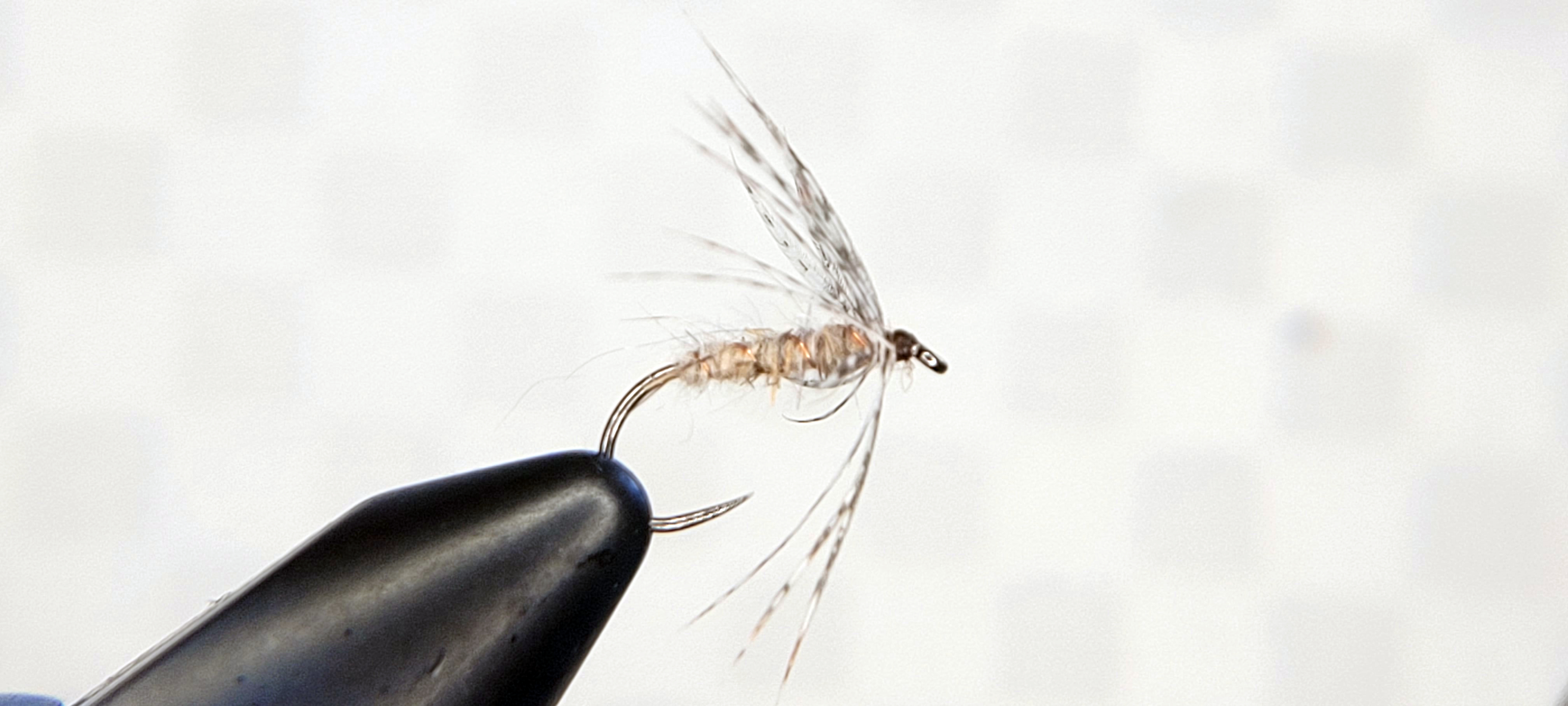
Origin
- Country: England (Yorkshire & the North Country tradition)
- Century: 1800s
- Attribution: Associated with William Brumfitt and other Yorkshire anglers; adapted from the March Brown to a spider/soft‑hackle for subsurface work.
Imitates: March Brown (Rhithrogena germanica) nymphs/emerger and drowned duns.
Materials (Traditional)
- Hook: Size 12–16 wet fly hook
- Thread: Primrose or brown silk (modern 8/0 brown) — threads
- Body: Natural hare’s ear dubbing (or yellow silk body)
- Rib: Fine gold wire
- Hackle: partridge (brown back or grey breast feathers)
Tactics & When to Fish
- When: Best March–May; also effective through spring olive activity. Midday in cool, broken water is ideal.
- How: Fish in a team of two or three spiders, cast across‑and‑down, allowing a natural swing; add a gentle lift at the end of the drift to imitate emergence.
- Sizes: 12–16 cover most UK & Ireland rivers.
Step‑by‑Step: March Brown Spider
-
Step 1 — Start the thread
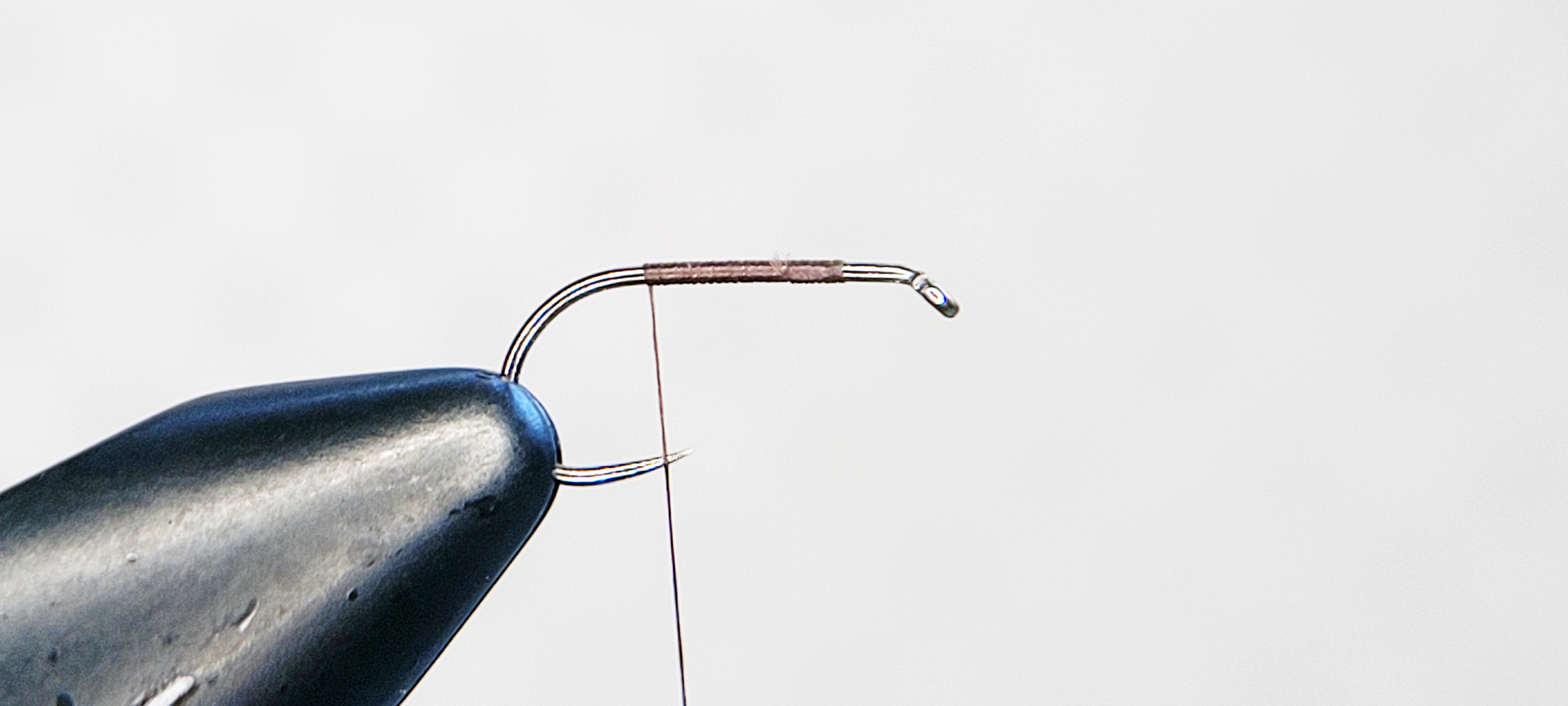
Tie on the thread, starting about 2 mm from the eye, and stop between the barb and the point.
-
Step 2 — Tie in the wire
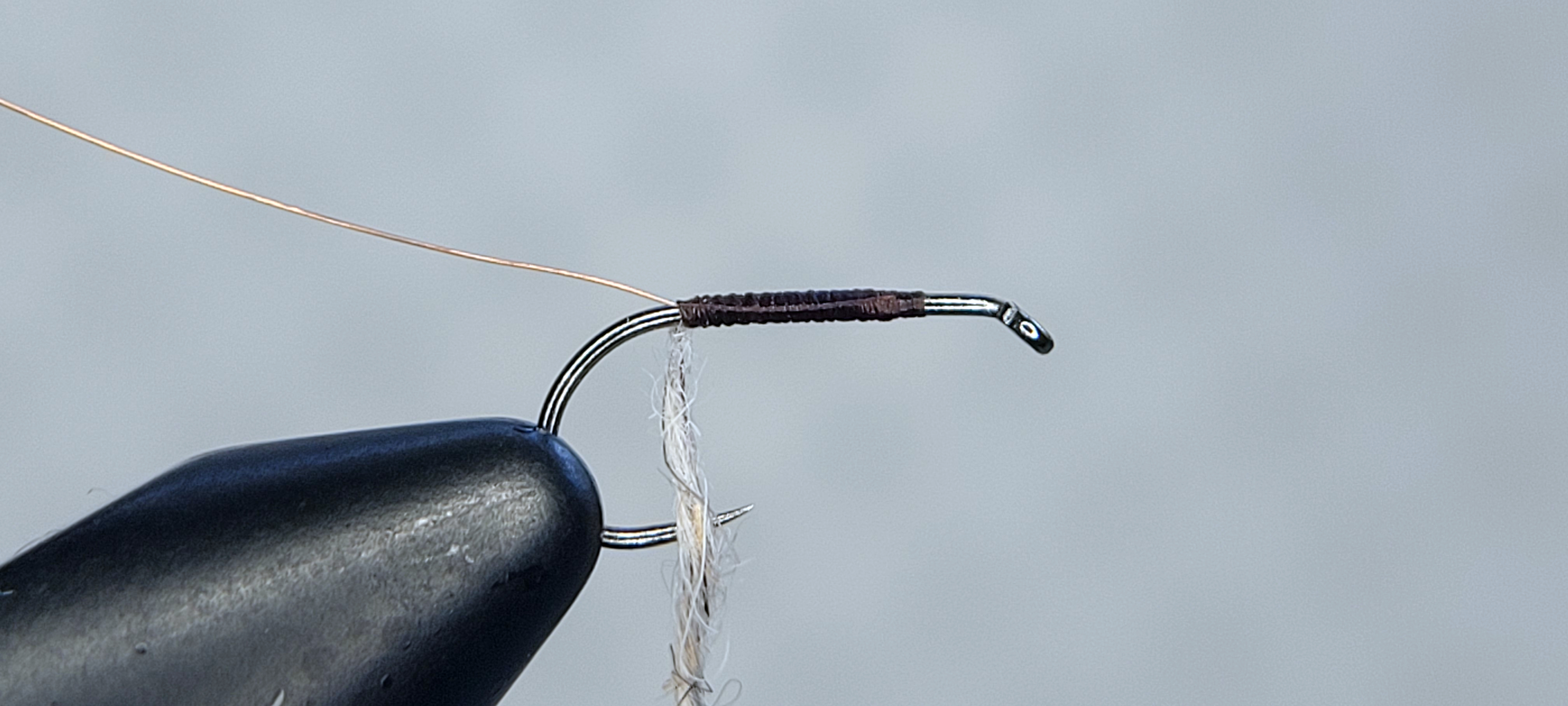
Catch in fine gold wire at the rear of the shank on the near side and bind forward.
-
Step 3 — Dub a slim body
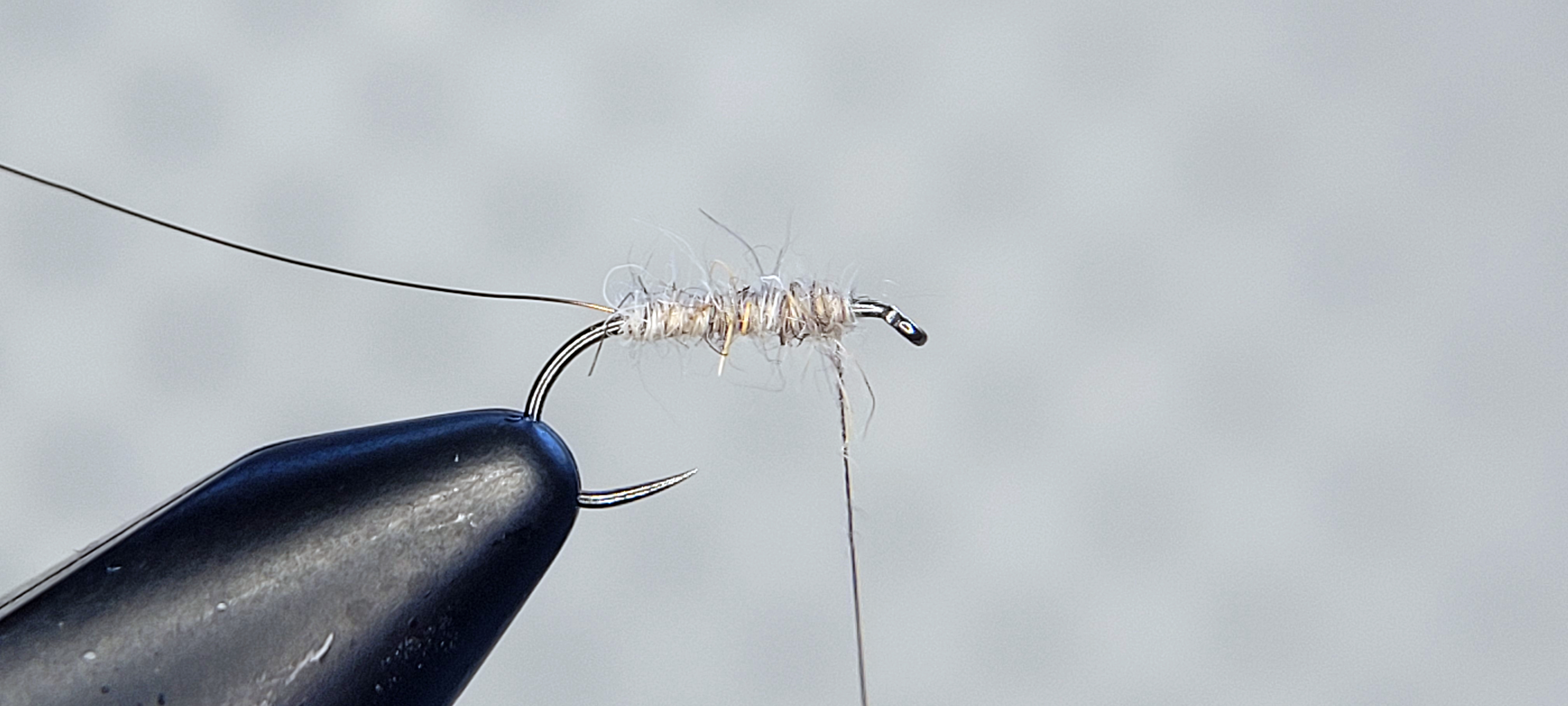
Using your hare’s ear dubbing (often from a hare’s mask or individual packets), apply very small pinches. With dubbing, less is more — you can always add; removing excess is troublesome.
-
Step 4 — Counter‑rib with wire
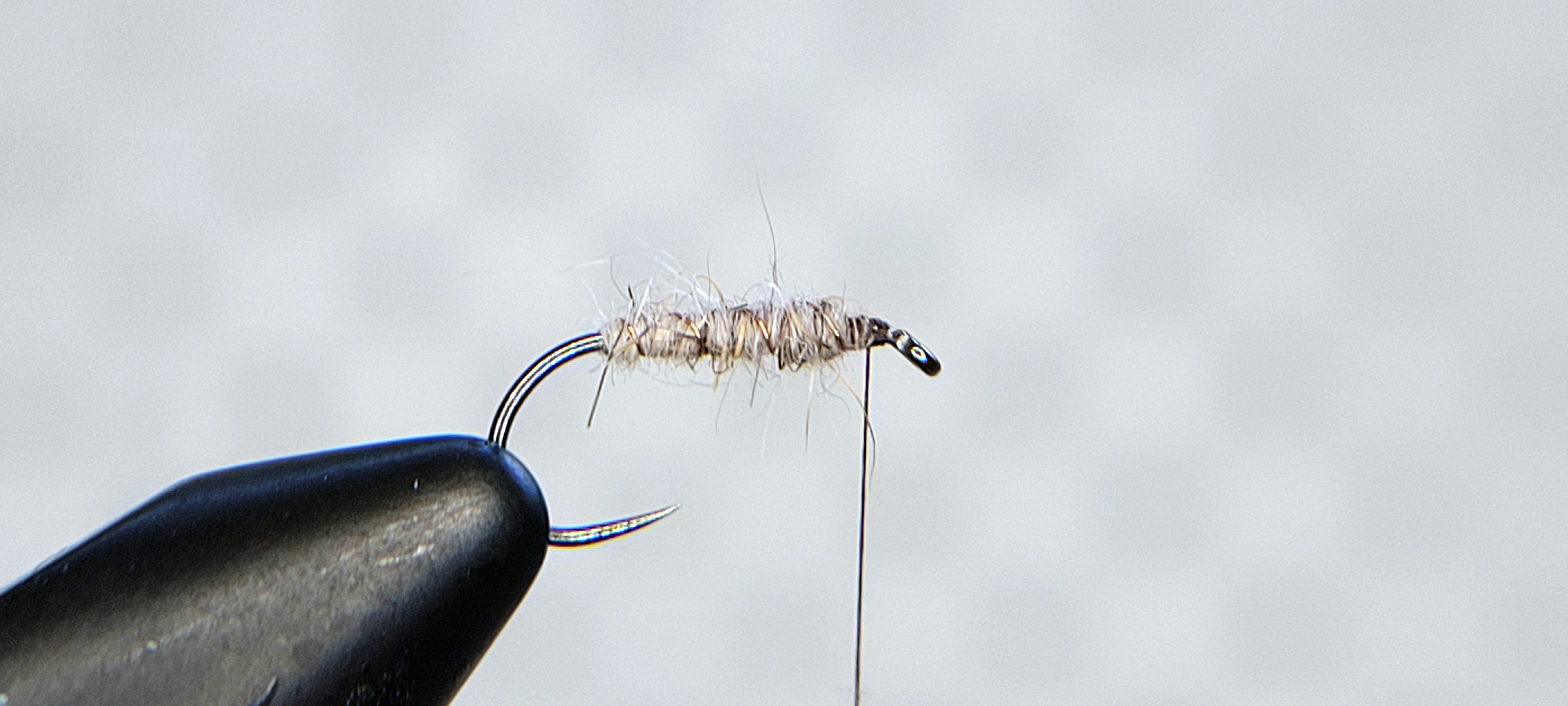
Counter‑wrap the wire in the opposite direction of your dubbed body; it creates a stronger, longer‑lasting rib. Tie off and helicopter away.
-
Step 5 — Prepare & tie in hackle (tip first)
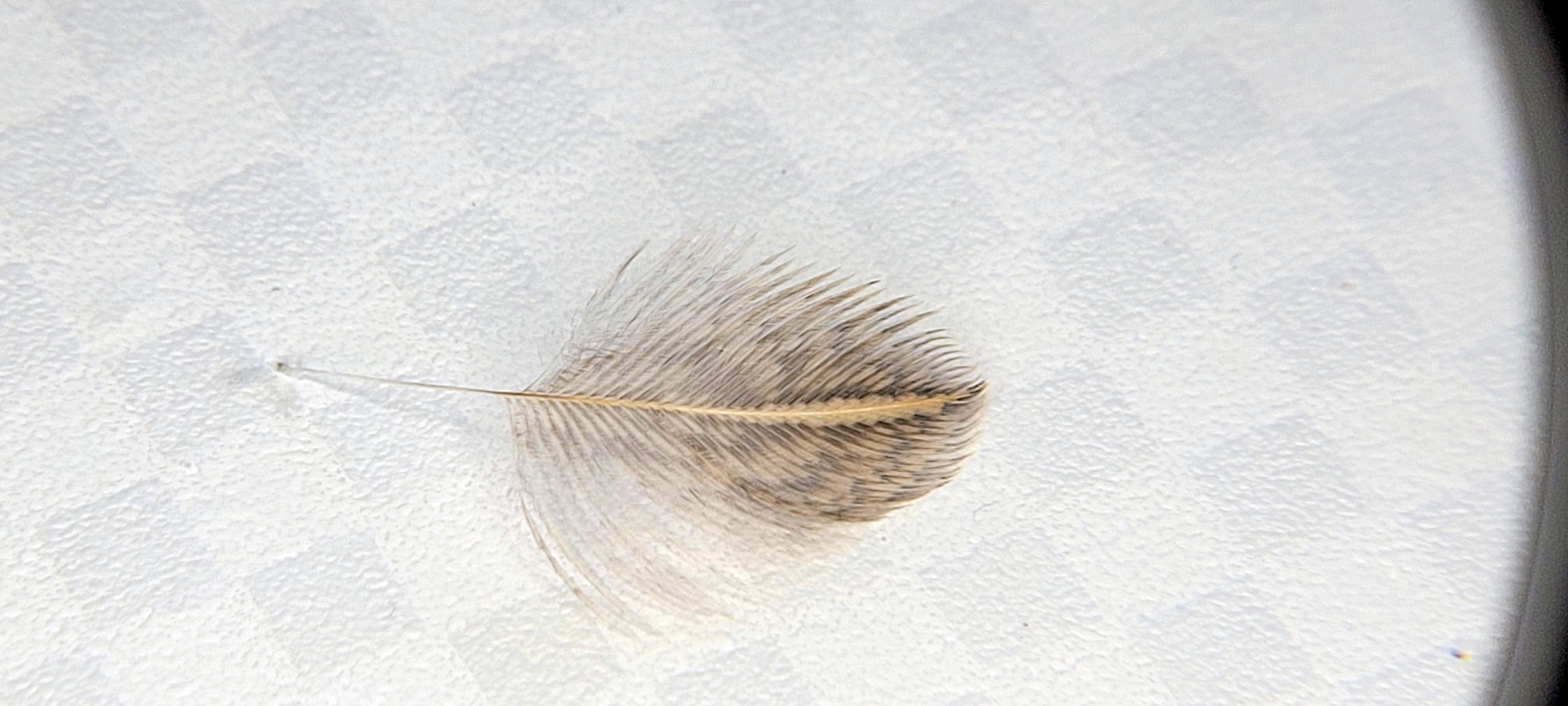
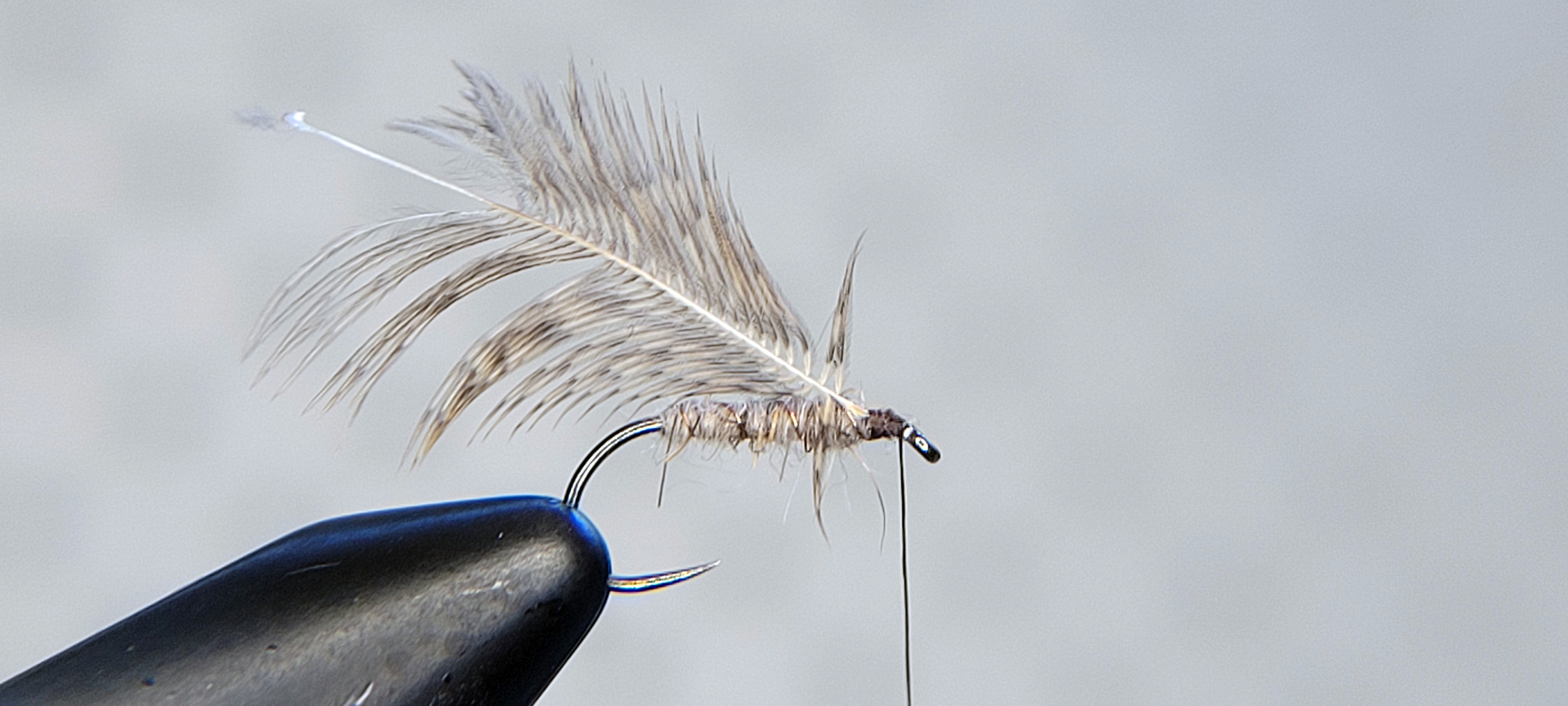
Prepare the partridge hackle carefully to get proportions right; tie in tip side first.
-
Step 6 — Wrap hackle & finish

Wrap the hackle (1–2 turns), secure, tidy a small head with your thread, whip finish, and you’re done.
Notes & Modern Variations
- Swap the body for yellow silk for an ultra sparse historical dressing.
- Add a tiny thorax hot‑spot (e.g. orange dubbing) for a modern searching twist.
- Tie a tungsten‑beaded version to reach deeper seams in early spring.
- Keep hackle sparse: 1 to 2 turns give maximum movement.






